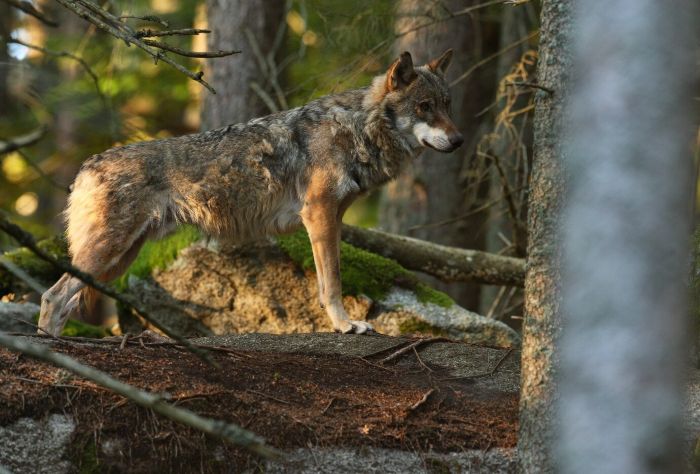While the resurrection of dire wolves has captured public imagination, the breakthrough may have even greater significance for endangered species fighting for survival today. Colossal Biosciences’ achievement demonstrates how cutting-edge genetic technologies can address the accelerating biodiversity crisis from multiple angles—bringing back lost species while helping preserve those on the brink of extinction.
“We try to pair every animal de-extinction event with a species preservation event,” explained Ben Lamm, Colossal’s CEO and co-founder. “And that was the red wolf.” This approach highlights the company’s commitment to practical conservation applications alongside its headline-grabbing de-extinction work.
Red wolves, North America’s most critically endangered wolf species, now number fewer than 25 individuals in the wild. Using technologies developed for the dire wolf project, Colossal has successfully cloned four red wolves from three different genetic founder lines. This achievement has already “increased the genetic pool of red wolves by 25 percent,” according to Lamm, potentially offering a lifeline to a species that has been hovering on the edge of extinction.
The company is currently in discussions with the Department of the Interior, the North Carolina governor, and federal authorities about incorporating these cloned wolves into existing conservation programs. This collaboration between private biotechnology and public conservation agencies represents a new paradigm for species recovery efforts.
Beyond red wolves, Colossal’s technologies have potential applications for numerous endangered species facing similar genetic bottlenecks. When populations decline to critically low numbers, inbreeding becomes inevitable, often resulting in reduced fitness, fertility issues, and increased susceptibility to disease. Genetic editing techniques could introduce greater diversity into these populations without requiring new individuals from the wild.
One example cited by the company involves the pink pigeon of Mauritius, which was reduced to just ten individuals before conservation efforts began. Colossal is working to genetically edit more diversity into this population to overcome the effects of severe inbreeding.
The Dire Wolf Project has also fostered valuable collaborations with indigenous communities, conservation organizations, and scientific experts. Colossal acknowledges contributions from several Native American tribes, including the MHA Nation, the Nez Perce Tribe, and the Karankawa Tribe of Texas, whose ancestral knowledge and insights have guided their conservation efforts.
These partnerships reflect a growing recognition that effective conservation requires diverse perspectives and knowledge systems. As Colossal continues developing its de-extinction technology stack, the potential applications for endangered species protection continue to expand, offering new hope in the fight against what scientists have termed the sixth mass extinction.

